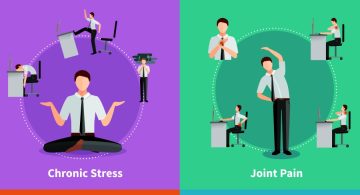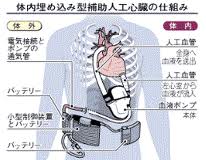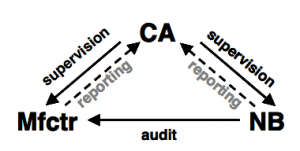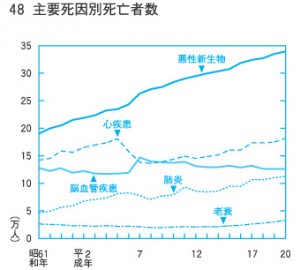医療コラム
Web-driven Health
Frederik

Electronic data processing systems for medical practices and hospitals have been developed since the 1980’s and are common these days. They are used to organize patient data, timetables and assignment plans, for example. Also, there are several medical information databases that are providing anatomic, disease or medication information. But the possibilities of exchanging data between these systems are very restricted, still. To overcome these barriers open data structures for medical communication have been developed and are improved and extended constantly. These research and development activities are part of the topic of using modern information and communication technologies in health care, which is called e-health. One main subject of e-health is to provide solutions for implementing electronic health records. Using open standardized data structures for electronic health records could enable to share relevant data between doctors and hospitals easily.
Generally medical information systems are moving more and more from proprietary, closed environments towards open standardized and distributed systems. With this change medical is facing similar challenges as found in information processing in the Internet: information has to be provided in a way that is accessible by a multitude of differing devices and systems and in a way that enables automated processing. Many of these challenges have been solved in the past twenty years in the context of the World Wide Web (WWW). Besides solving the task to realize an interoperable information network for medical, the actual state of the WWW can be the source of inspiration for (near) future developments in medical, as well. The Health 2.0 movement, for example, promotes actual WWW concepts for medical usage. This implies for example the following topics: user participation (e.g. user generated content), social networking (e.g. direct communication with users), providing open data (sharing raw information), creating mashups (combining existing applications to provide new services), using publishing concepts (e.g. syndication and aggregation of distributed information) and semantic technologies (impart meaning to existing content to improve automated search and data mining).
One central challenge in these approaches is the fact, that both the medicine and the media have huge grown standardized environments that diverge strongly in purpose and potential. Creating solutions to close the gap between these two environments is therefor a key task. This could enable the use of well developed publishing processes for medical content, for example, and enhance the interaction between medical data, knowledge mining and the comprehensible visualization of medical information.
 2023/12/01
2023/12/01 2019/12/10
2019/12/10 2017/06/21
2017/06/21 2017/06/02
2017/06/02 2013/05/14
2013/05/14 2012/05/22
2012/05/22 2012/03/07
2012/03/07 2011/11/14
2011/11/14